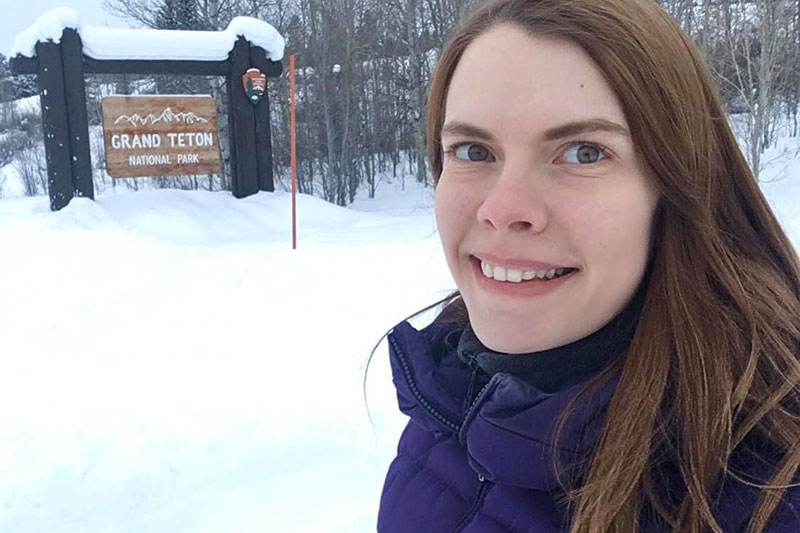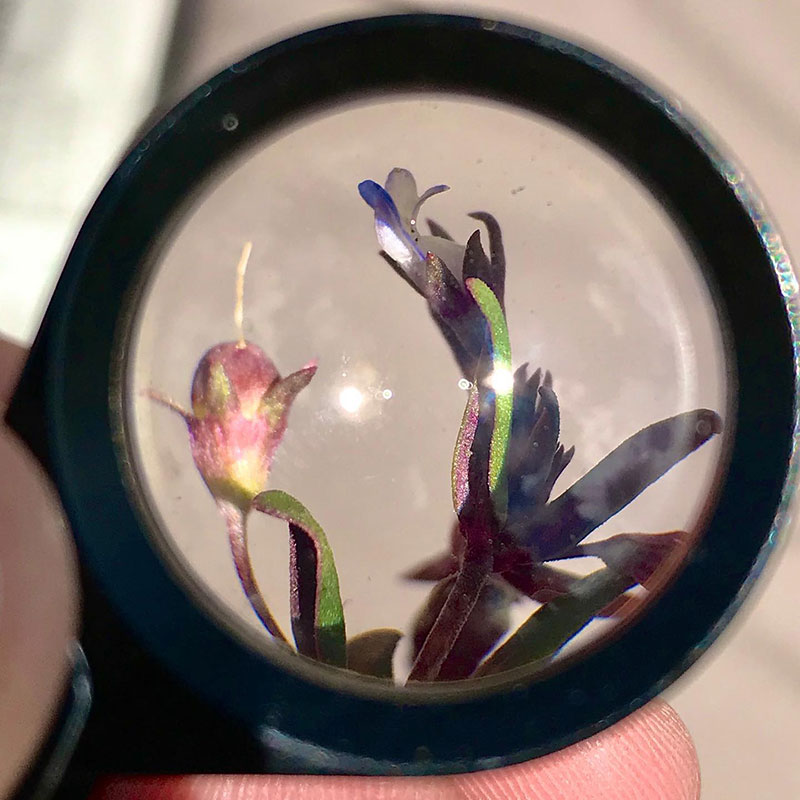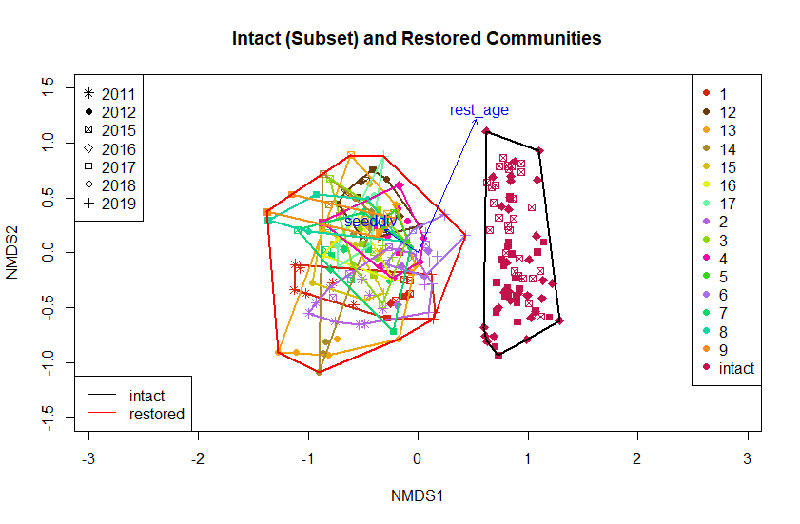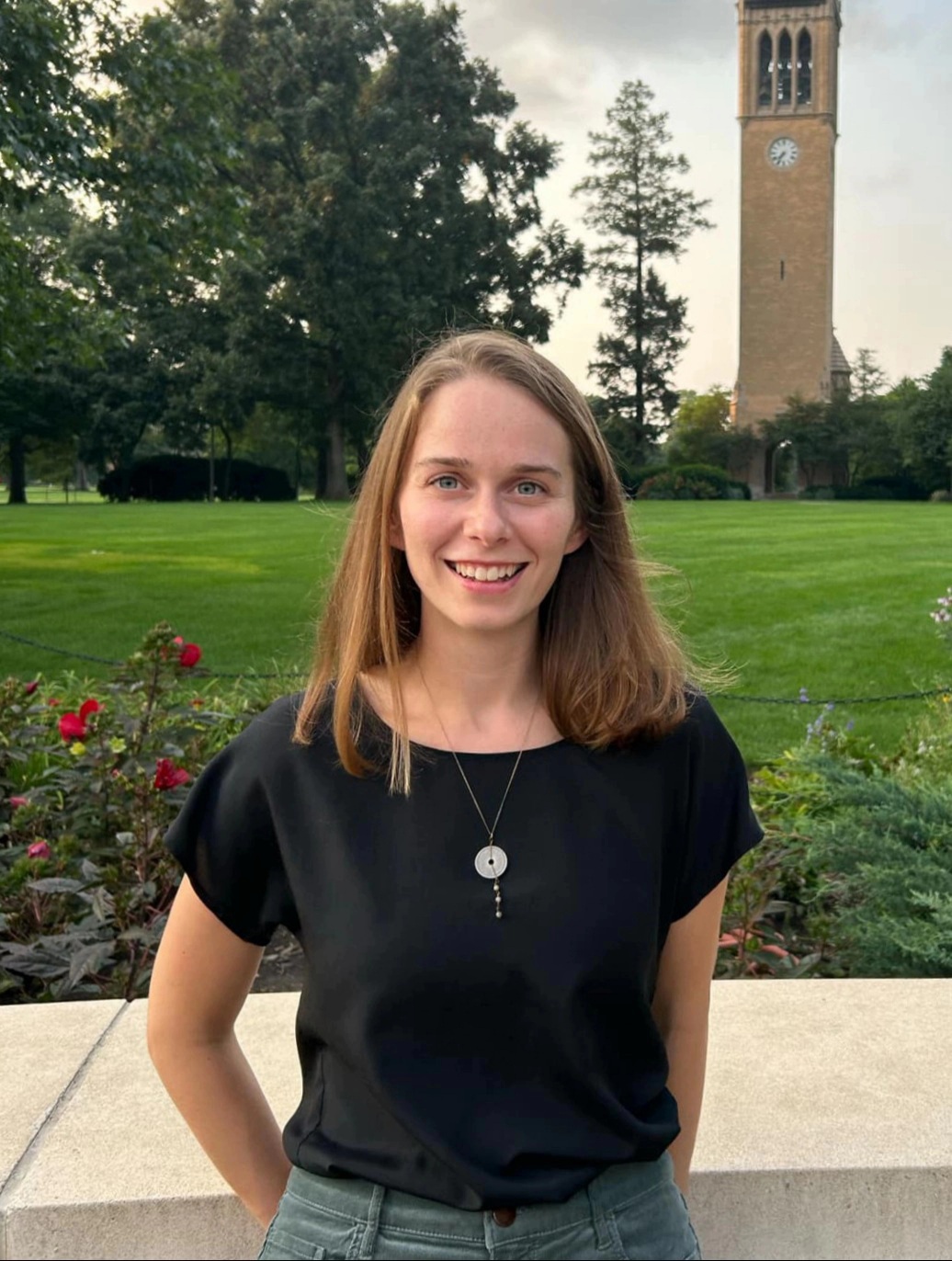Sienna Wessel - Predictability and stability of sagebrush steppe restoration in a changing climate
Sienna Wessel
Biodiversity Graduate Student Research Enhancement Grant Awardee
Department of Botany
Graduate Advisor: Dr. Laughlin
Project Objectives

Share This Page



Research Highlights




